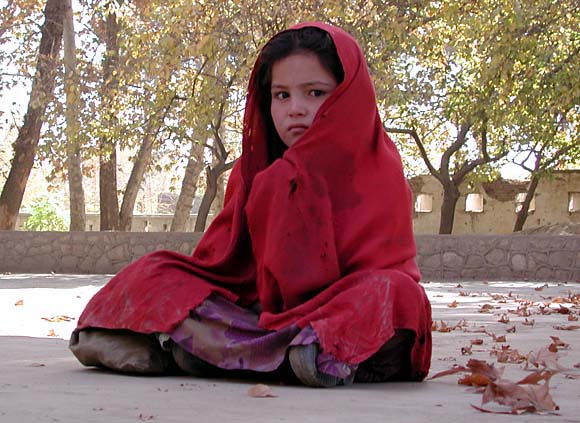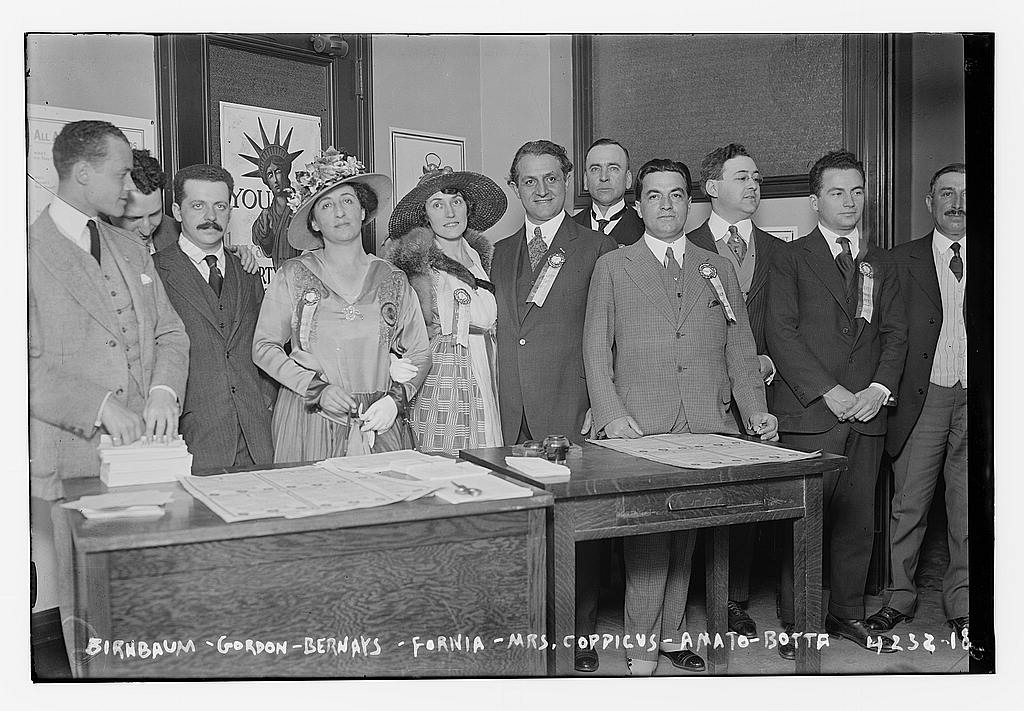The final stages of Afghanistan’s civil war and the United States’ involvement in the conflict attracted hundreds of journalists from all over the world.
Initially, “Afghanistanism” referred to the tendency of the press and politicians to focus on distant issues over domestic controversies. However, after September 11, 2001, events in Afghanistan became of immediate concern globally.
Accessing Northern Afghanistan, controlled by the Northern Alliance — the main force opposing the Taliban — was challenging. In Dushanbe, Tajikistan’s capital, journalists often waited days or weeks to secure helicopter transport into Afghanistan or obtain permission to cross the Pyanj River and then hit the road for the heartland. The Panjshir Valley and Jabal os-Saraj in Parvan Province were popular destinations due to their proximity to Kabul, where Taliban forces resisted Northern Alliance attempts to capture the capital.
Afghan embassy officials in Dushanbe were eager to assist, but procuring helicopters was difficult as the military prioritized their use despite journalists’ readiness to pay any amount for the ride. Weather conditions also played a crucial role; clear skies were necessary in both Dushanbe and the Afghan mountains, as the aging Soviet-era helicopters lacked navigation equipment, requiring pilots to rely on visual cues.
Competition among the hundreds of journalists in Dushanbe was intense. Larger news organizations with greater financial resources had advantages over freelancers when it came to bribing local officials and securing seats on available helicopters.
In mid-September, favorable weather allowed a group of journalists from outlets like the BBC, CNN, APTN, Sky News, and German and Russian television companies to receive clearance from Russian border guards, Tajik authorities, and the Afghan embassy. Tickets cost $300 per person initially but increased significantly later.

At Dushanbe airport, we boarded a helicopter that appeared as if it had participated in World War II. An Afghan pilot reassured us, saying, “It fell four times, but it is still as good as new.” Inside, a large spare fuel tank occupied half the cabin space, leaving limited room for passengers and equipment. Consequently, we had to leave behind food supplies, flak jackets, and even CNN’s satellite dish, the latter not without some resistance.
After a few attempts, the helicopter took off, revealing a monotonous landscape of brown, white, and gray mountains. Less than an hour later – and a bottle of Scotch that we shared amongst ourselves – our chopper landed in Afghanistan amidst a cloud of dust stirred by the rotor blades. The scene included donkeys, armed men, children, but notably no women — a recurring image throughout our tour in Afghanistan.


We all quickly set up camp in the yard of a foreign ministry compound in Khwaja Bahaudin, colloquially known as “Khoj” among journalists, before heading to the front line on Mt. Ai-Khanum. The hilltop offered a picturesque view: a wide valley separating Northern Alliance forces from Taliban positions, complete with blue streams, greenery, and distinctly ethnic men with their weapons. A perfect backdrop for a perfect stand-up.

The images captured during this initial excursion, whether for television or photo services, were well-received back home. However, as the war dragged on, demands grew. Months later, some journalists admitted to paying fighters to shoot at Taliban positions to capture more dramatic footage, disregarding the potential for return fire. The cost? Ten to twenty bucks.
Even seasoned reporters often became careless about their safety in Afghanistan. Familiarity with danger led to complacency. I remember one episode when Alexander, a photographer with a major news agency, on hearing the rumble of artillery bombardment during the night, just rolled over on the other side, turning his back to the window, so that glass fragments, should our house get hit, would not fall on his face. On the other hand, some British television reporters would often do a piece to camera in a bullet-proof vest, apparently to add some zest to their otherwise stale account, while being far from the front line or any danger whatsoever.
Sasha, a cameraman and friend of mine, asked me to photograph him near four or five bombs, which lay scattered for no obvious reason on the rocks near the entrance to the Panjshir Valley.

I eagerly obliged, both of us being totally unaware of the fact that those were live pieces of ammunition – wired and ready to go off any moment should valley defenders decide Taliban forces launched an offensive. Hardly had I taken the picture, when Northern Alliance soldiers rushed towards us and explained with eloquent gestures rather than with words, which we could not have understood anyway, what might have happened to us had we tripped over the wires. Fortunately, we did not, and the photo is now a cherished memento.
In another sector of the front around Kabul, a group of photographers asked a mujahed fighter to meet their photo-op needs by standing upright and aiming his Kalashnikov rifle at Taliban positions, exposing himself and the journalists themselves to enemy fire.

The positions were a mere 300 meters across the cornfield, and all the photographers, many dressed like mujahedeen themselves, clicked their cameras until they got a perfect picture. I’m not sure I have a perfect picture, but we all spent enough time in the direct line of fire and might have been killed or wounded had Taliban snipers bothered to pick up their rifles. But they were apparently too busy drinking tea or praying, about two things the Afghans on either side of the political divide would never give up once the process got underway.
It’s not that journalists didn’t take any precautions.

Flak jackets were mandatory, and we heard many a story when they saved our colleagues’ lives and left a nice souvenir in the shape of a flattened bullet. They are not very comfortable to wear, especially when temperatures are high, and all too often soldiers or rebels – from Chechnya to the Balkans to Afghanistan – offer to test how good they really are by firing their weapons – with us inside the jackets. We politely refuse. But in order to avert unsolicited tests, we prefer to wear them under loose coats, which makes our protective gear less conspicuous.

Female reporters working in Afghanistan also had to think about covering their faces or, at least, hair, which was especially topical before the massive influx of journalists occurred and when local men were yet unaccustomed to the weird sight of women without burqas. In Jabal os-Saraj, Natasha, a producer with a British television company, got hit on the head with a stone, hurled by an indignant Muslim man, as a group of reporters strolled through a bustling marketplace. The fad to wear dastmol, or traditional Afghan scarves, which immediately won the hearts of male journalists, was quickly picked up by our female colleagues. Burqas, on the other hand, never really caught up with them. One of the reasons, I was told by a newswoman, was due to the fact it was hard to smoke with the veil covering the entire face, including the mouth area. Men, on the contrary, liked to purchase the blue or white chadri veils for their girl-friends or wives in Europe and America. I don’t know if they received thanks for those gifts, though.

By the middle of October 2001, about a hundred foreign journalists, or probably even more, were working in Jabal os-Saraj.

It was quite a collection of personalities. Some were experienced reporters with the Balkans and African wars to their credit, some were budding freelancers who came to make a few bucks but lost everything because of the high cost of operation: authorities, landlords, drivers, and translators charged exorbitant fees for the mediocre services they provided.
But even experienced reporters occasionally made complete fools of themselves. A photographer from Time or Newsweek asked me where he could have a few rolls of film developed. “The nearest Kodak kiosk is probably in Islamabad,” I joked. Many young photographers came to cover the war with good film cameras only to discover there was no way to send their artwork to newspapers or magazines in Germany or France. All of a sudden, it was the age of digital cameras and satellite phones. Reporters with neither were doomed to fail.
At some point during our sojourn in Jabal os-Saraj, we realized how little people outside Afghanistan knew about the real situation despite all the trouble we took to report it. When our digital video tape-recorder’s head stopped working, I called an engineer in London to find out what could be done. He instructed me over the phone how to clean the head with a piece of cloth soaked in alcohol, how to disassemble and reassemble the intricate machinery inside the recorder, but nothing worked. “The only thing left,” he told me at last, “is to take the recorder to the nearest Sony service.” We rolled on the mud floor laughing.
But the funniest-question prize was unanimously given by one-month veterans to an American journalist and newcomer, who asked, “Where’s the bathroom, folks?” The answer to that question is clear to the reader by now: there was none. We did have a one-hole clay outhouse, or tashnob, in the corner of the garden behind our dwelling. Water for tea our Afghan hosts took from an irrigation ditch streaming through the garden. We also washed there our underwear and socks.
The life of journalists in Afghanistan would have been far more difficult had it not been for our friendly tarjumon, or translators.

I never met a professional translator or interpreter in Afghanistan, most of the tarjumon were former soldiers, traders, or engineers who spoke some English or Russian. Those were the only two foreign languages that made communication possible. My first interpreter in the Panjsher Valley was a young foreign ministry official, Rakhmat Ramazan, who learned English in Pakistan, and although I often criticized him for mistakes, he was the best linguist I ever met during my three trips to Afghanistan in 2001 and 2002. The second guy, Abdul Bashir, was a weather specialist who knew the names of all the clouds in Russian and English, as well as in Latin, but was unable to translate simple sound bites from Dari, his native tongue spoken by the ethnic Tajik majority in Northern Afghanistan. Abdul Bashir gave up his job as a meteorologist and his salary which would be the equivalent of five American dollars a month, for a daily remuneration ranging from fifty to eighty dollars, depending on hours of work. He liked the substantial change in his living standards and seriously considered raising his social status as well by using the windfall to buy one more wife. Abdul Bashir also wanted a new coat and no matter how much money I paid him he asked me to buy him one. Even vinegar is sweet when it is free, they say in Russia.
The third translator, Imran, who asked to call him Engineer Imran because he graduated from a technical school in Dushanbe, Tajikistan, spoke good Russian, but his translation of sound bites and quotes also left much to be desired. But I liked Imran because he was extremely talkative and was eager to reveal to me everything he knew, or thought he knew, about life in Afghanistan, from family traditions to agriculture to sex. I’ll share with the readers whatever I have learned from Engineer Imran on these subjects on the following pages of my Web site.




